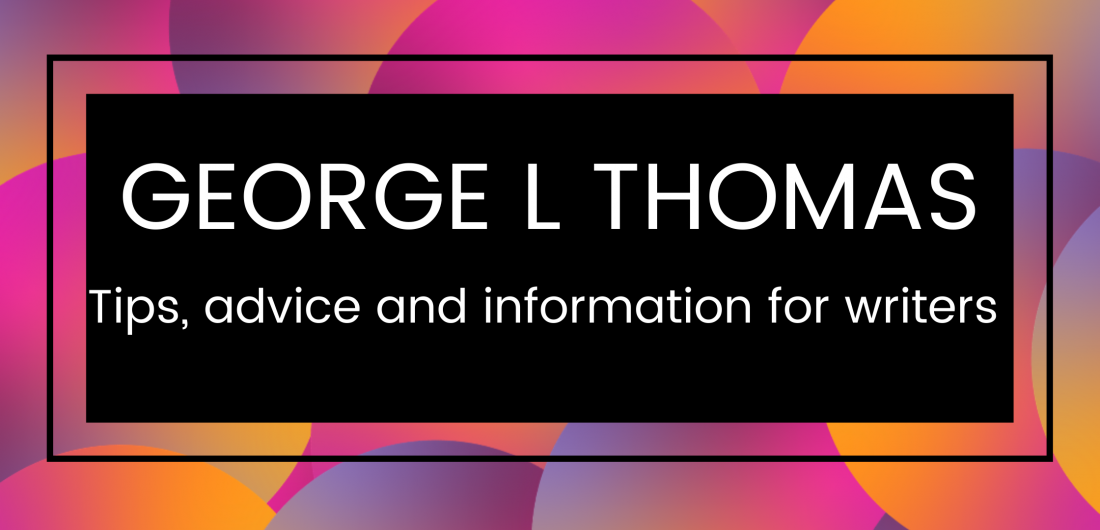
Hi everyone! I hope you’re all well. Today, I will be exploring the genre of narrative nonfiction a little. So, without more preamble, let’s jump in.
What is Narrative Nonfiction?
Narrative nonfiction is a unique form of writing that brilliantly captures the essence of real-life events by weaving them into captivating stories. Unlike traditional nonfiction, which typically focuses on presenting facts and figures concisely and straightforwardly, narrative nonfiction utilizes the techniques of storytelling, character development, and plot to bring true-life events to life vibrantly and engagingly.
Writing narrative nonfiction requires a diverse skill set, including the ability to research and collate information, to write with clarity and purpose, and to develop strong characters and story arcs that keep readers engaged. However, all of that can be learned, so the only thing you need to get started is writing implements. Grab your favourite notebook and pen (I love a fine-point pen in black or blue).
How to Write Narrative Nonfiction
To start writing a narrative nonfiction piece, choose a factual topic with the potential for an engaging story. This can be from historical events, personal experiences, or investigative journalism. Conduct extensive research on the topic to gather as many facts as possible. Dig deep into archives, interviewing subject matter experts, or visiting pertinent locations to collect relevant information. Once you have enough material, it’s time to organize all the information and develop an outline that aligns with the narrative structure.
Take a piece of paper and a pen (or open your writing app) and write “Beginning”, “Middle”, and “Ending”, each at the top of a new page, and write all of your ideas for each part down. This is how you take all your research and begin to press it into shape. While you’re doing this, think about what development your characters might undergo and also think about the setting, noting any pertinent descriptions, making sure to include all the senses so that the reader feels as though they’re coming along with you as you tell the story.
Once you’ve completed your outline, you can begin to tell your story. It’s vital to remember that narrative nonfiction is ‘the truth’. Now, we all know everyone’s version of the truth will differ (often wildly) – that’s just life – but you must be honest and as accurate as possible in your storytelling.
To make your narrative nonfiction piece more compelling, you can use rhetorical devices like metaphors, similes, and irony to add layers of depth to the story. Furthermore, incorporating dialogue can add an essential layer of realism, helping showcase your characters’ individual personalities and making the story come alive on the page.
Another vital element of this type of writing is voice; the voice should be conversational and engaging. It should reflect the tone and mood of the story you’re telling. The goal is to create a sense of intimacy between you and the reader; you want them to become invested in your story and its characters.
Straying away from the facts is something to be careful of when writing narrative nonfiction. It can be tempting to embellish a story to make it more interesting, but this could lead to presenting false information. Consider listing all the facts in chronological order and build your narrative around this. Doing your research is key at this point to make sure everything is told in the right order (this article from Cindy Couyoumijan delves more into this).
Writing narrative nonfiction takes time, effort, and dedication, but it’s all worth it; the result is a piece of writing that blends the best of both worlds – storytelling and factual reporting – to create an engaging and informative work of literature. Whether you’re interested in political exposés, memoirs, or investigative journalism, narrative nonfiction provides a unique and captivating approach that will ensure your readers are interested from beginning to end.
Are you a fan of narrative nonfiction? Let me know.
Thank you, as always, for stopping by and spending some of your time with me today. It means a lot.
Until next time,
George
© 2023 GLT
Categories: Outlines, Writing Tips

Leave a comment